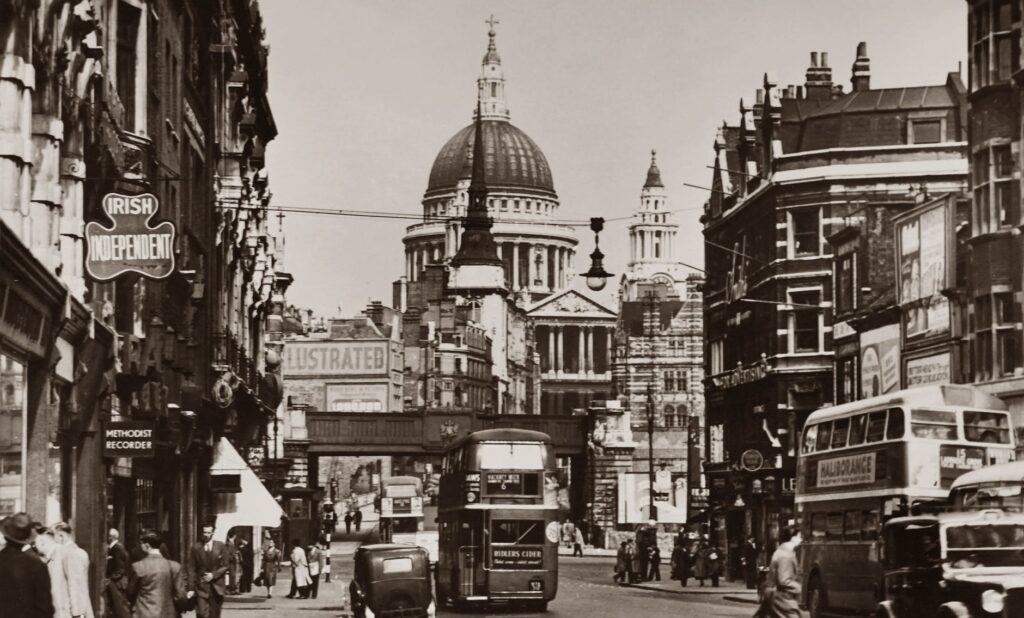
An unhealthy legacy
16 July, 2021
Arsenic to cure tiredness. Cigarettes to prevent asthma. Laxatives to treat chickenpox. These are just a few of the dubious (and deadly) legacies of Victorian healthcare we’d all rather forget. Sadly, last week added another one: the geographic patterns of death and deprivation across the UK.
A series of studies has revealed that the pattern of coronavirus deaths across the UK is shockingly comparable to the regional spread of poor health and mortality in Victorian times. “If you had a map of Covid’s biggest effects now and a map of child deaths in 1850”, remarked Chris Whitty in June, “they look remarkably similar”. And both map neatly – and depressingly – onto patterns of deprivation.
The reasons for this regional health inequality are multiple. Crowded housing allows disease to spread more quickly; low-paid and insecure work forces people into contact with larger numbers of people; and underlying health conditions – which are much more widespread in poorer communities – make those who become infected more likely to get seriously ill.
Like ink spilled over wax lettering, the coronavirus pandemic has revealed the invisible lines on our maps that imprison communities in centuries-long cycles of poverty, disease and death. As businesses begin to recover, we cannot leave these lines to endure for another 170 years. Concerted and joined up efforts to create change in particular areas have been shown to help. We need more of these, as well as solutions which focus on the deprivation underlying this issue, for everyone. A real living wage for all workers is the fundamental start, as well as greater job security and adequate worker protection. These historical marks of inequality cannot be left to endure into the future.
By Sarah Howden
 Back to all friday 5
Back to all friday 5